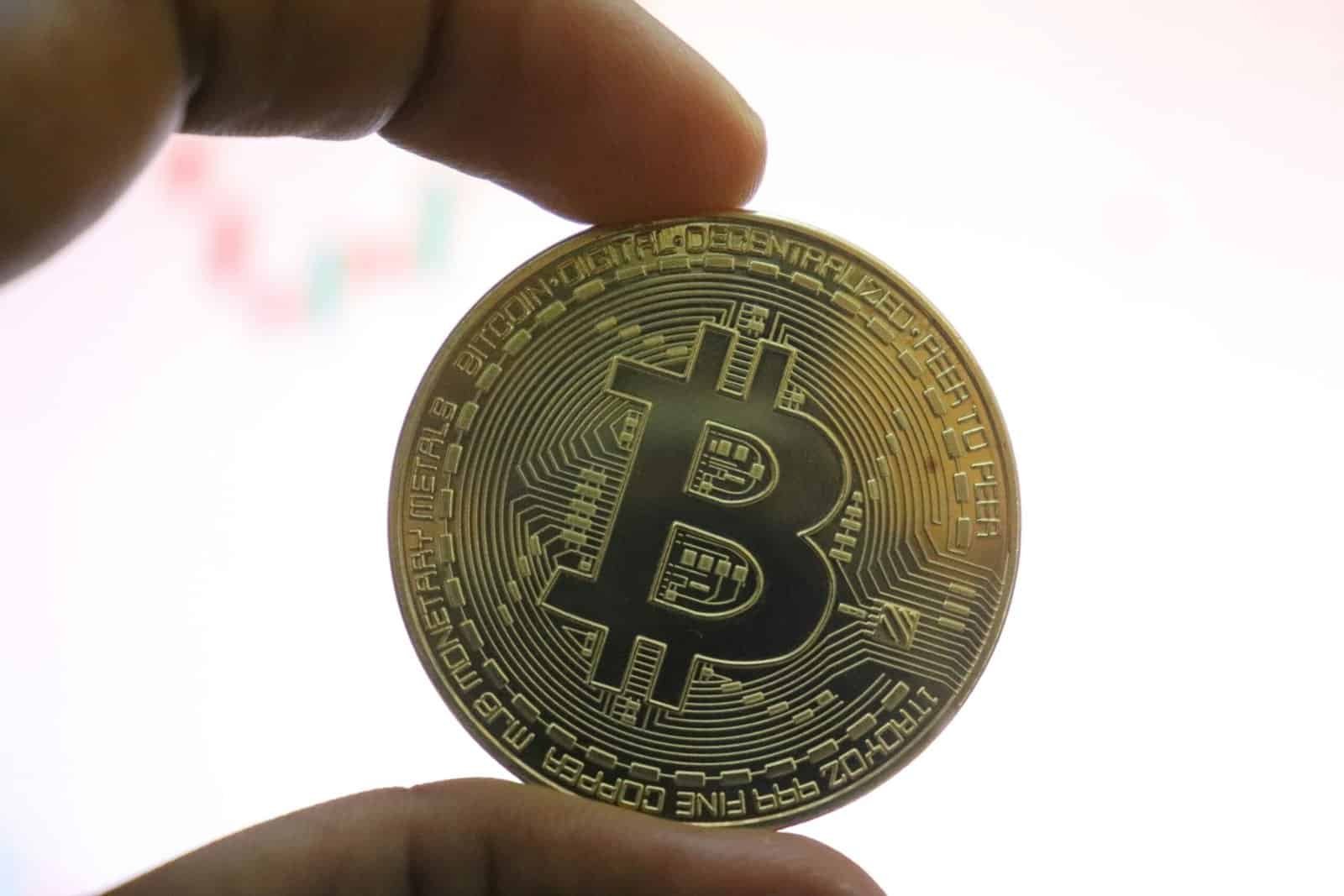Have you ever wondered how cryptocurrency might be reshaping the way we handle payments in the near future? With the rapid advancements in technology and the increasing popularity of digital currencies, it’s no surprise that the global financial landscape is evolving. If you’re curious about what this might mean for your everyday transactions and the broader economy, you’re in the right place. Let’s embark on a friendly journey to understand how crypto is set to redefine payments.

Understanding Cryptocurrency
Cryptocurrency, at its core, is a digital or virtual form of money that uses cryptography for security. Unlike traditional currencies issued by governments (such as the US dollar or the euro), cryptocurrencies operate on decentralized platforms, mainly powered by blockchain technology. The most well-known of these is Bitcoin, but there are thousands of others, each with unique features and use cases.
Decentralization: A Key Feature
One of the defining characteristics of cryptocurrency is its decentralized nature. This means that no single entity, like a government or financial institution, has control over the currency. Instead, transactions are verified by a network of computers around the world. This decentralization can lead to greater security and privacy for users, as transactions are less susceptible to interference or manipulation by centralized powers.
The Role of Blockchain
At the heart of most cryptocurrencies is a technology called blockchain. A blockchain is a distributed ledger that records all transactions across a network of computers. Each “block” in the chain contains a list of transactions, and once a block is filled, a new block is created and linked to the previous one. This chain of blocks forms a comprehensive and unchangeable record of all transactions, providing transparency and security.
The Growing Popularity of Crypto
In recent years, cryptocurrencies have gained significant traction globally. What started as a niche hobby for tech enthusiasts has become a mainstream financial trend. But why?
Advantages Over Traditional Currencies
Cryptocurrencies offer several advantages over traditional fiat currencies. Transactions are often faster and cheaper, especially for international transfers. Since there’s no need for intermediaries like banks to process payments, fees can be significantly reduced.
Additionally, cryptocurrencies can provide financial access to the unbanked. In regions where traditional banking infrastructure is lacking, digital currencies can offer a viable alternative for making and receiving payments.
Investment Appeal
Beyond their use as a payment medium, cryptocurrencies have also attracted attention as investment assets. The potential for high returns has drawn in investors from all walks of life. For instance, Bitcoin’s meteoric rise in value over the past decade has been well-documented, and it has spurred a burgeoning market for other digital assets.
Adoption by Major Companies
Many major companies are beginning to accept cryptocurrencies as a valid form of payment. From tech giants like Microsoft to popular retailers like Overstock, the list of businesses embracing digital currencies is steadily growing. This trend not only increases the legitimacy of crypto as a payment method but also expands its use cases for everyday transactions.
How Crypto is Changing Payments
Cryptocurrencies are poised to transform the payments ecosystem in several ways. Let’s explore how these changes might affect how you handle your money and conduct transactions.
Speed and Efficiency
One of the most touted benefits of crypto transactions is their speed. Traditional banking systems can take days to process payments, especially across international borders. In contrast, cryptocurrencies can enable near-instantaneous transfers regardless of geographical location. This efficiency can be especially beneficial for businesses dealing with overseas suppliers or customers.
Lower Transaction Costs
As mentioned earlier, cryptocurrencies can often lower transaction fees by eliminating intermediaries. For small businesses, these savings can be significant, improving their bottom line. Even on a personal level, you can save money on international remittance fees when using crypto instead of traditional bank services.
Increased Security
Blockchain technology provides an extra layer of security for financial transactions. Every transaction is verified and recorded on a decentralized ledger, making it incredibly difficult to alter or fake. This robustness reduces the risks of fraud and identity theft, providing peace of mind for users.
Challenges Facing Crypto Adoption
Despite the promising benefits, cryptocurrencies face several hurdles before they can become a mainstream payment method. Let’s discuss some of these challenges and what they mean for the future of crypto in payments.
Volatility
Cryptocurrencies are notorious for their price volatility. What could be worth $1 today might be worth $0.80 or $1.20 tomorrow. This instability poses a significant challenge for both consumers and merchants who want to use crypto for payments. Stablecoins, which are digital currencies pegged to traditional assets like the US dollar, aim to tackle this issue but are yet to achieve widespread adoption.
Regulatory Concerns
Governments worldwide are grappling with how to regulate cryptocurrencies. The regulatory landscape is still evolving, with different countries adopting varying approaches. For instance, while some governments embrace crypto and blockchain innovation, others are more cautious and impose strict regulations that can stifle growth. Navigating this regulatory patchwork is crucial for the widespread adoption of cryptocurrencies in payments.
Security Issues
While blockchain technology itself is secure, the platforms that facilitate crypto transactions are not immune to hacking and cyber attacks. Ensuring robust security measures across exchanges and wallets is vital to protect users’ assets and build trust in the system.
Environmental Impact
Another growing concern is the environmental impact of cryptocurrencies, particularly those that rely on energy-intensive mining processes. As more people become aware of these environmental costs, there may be increasing pressure for cryptocurrencies to adopt more sustainable models.

The Rise of Decentralized Finance (DeFi)
A fascinating offshoot of the crypto revolution is the rise of decentralized finance, or DeFi. This movement aims to recreate traditional financial systems such as, loans and insurance with blockchain technology. By eliminating the need for banks and other centralized institutions, DeFi seeks to make financial services more accessible, efficient, and equitable.
How DeFi Works
DeFi platforms use smart contracts—self-executing contracts with the terms directly written into code—to automate financial activities. This automation reduces human error and theoretically increases the transparency and fairness of financial transactions.
The Impact on Payments
In the context of payments, DeFi can offer new ways to facilitate transactions without the need for middlemen. Peer-to-peer payment platforms built on DeFi principles could reduce costs further and make global remittances more accessible.
Risks and Considerations
However, DeFi is not without its risks. Being a relatively new and rapidly evolving sector, it faces numerous challenges, including technical vulnerabilities and regulatory uncertainties. Ensuring user protection while fostering innovation will be a critical balancing act for the growth of DeFi.
NFTs and the Future of Payments
Non-fungible tokens (NFTs) are another innovative application of blockchain technology that could influence payment systems in the future. Unlike cryptocurrencies like Bitcoin or Ethereum, which are interchangeable, NFTs represent unique assets, making them well-suited for digital art, collectibles, and even real estate.
How NFTs Could Affect Payments
NFTs could revolutionize how ownership and transactions are verified for unique or high-value items. For instance, selling digital art as an NFT ensures the authenticity and provenance of the piece without the need for a central authority. This could extend to other industries, like real estate, where NFTs might one day be used to streamline property sales and eliminate the need for traditional intermediaries.
Broadening Use Cases
While the primary attraction of NFTs today is in digital art and collectibles, their underlying technology has vast potential to improve various facets of the payment system. From fractional ownership of high-value assets to new models for digital rights management, the possibilities are expansive.

Future Outlook: Crypto and Payments
Looking ahead, the role of cryptocurrencies in the global payments landscape appears increasingly promising. However, several critical developments will determine their ultimate impact and success.
Technological Innovations
Continuing technological advancements will play a pivotal role in addressing current challenges and unlocking new opportunities. Innovations that improve scalability, reduce environmental impacts, and enhance security are particularly important for cryptocurrencies to gain broader acceptance.
Evolving Attitudes and Trust
As more individuals and businesses experience the benefits of cryptocurrencies, attitudes towards them are likely to become more favorable. Building trust and demonstrating value through real-world applications will be crucial for cryptocurrencies to transition from niche use cases to mainstream adoption.
Collaborative Regulation
Another key aspect of the future will be the regulatory environment. A balanced approach that encourages innovation while protecting consumers can foster the growth of cryptocurrency use in everyday payments. Collaboration between regulators, industry players, and consumer advocates will be essential to find this balance.
Integration with Traditional Systems
Finally, the integration of cryptocurrency technologies with existing financial infrastructures could broaden their reach and usability. Hybrid models, where traditional finance meets decentralized innovation, could offer the best of both worlds and pave the way for a more inclusive financial future.
Conclusion
Cryptocurrencies and their underlying technologies hold tremendous potential to transform payments and the broader financial ecosystem. While challenges remain, the path forward is being paved by visionaries and innovators seeking to redefine how we transact, invest, and manage assets. As you navigate this evolving landscape, staying informed and open to change will be crucial. Cryptocurrencies may soon become an integral part of your daily financial life, bringing with them new ways to pay, invest, and interact with global economies. Keep the conversation going, and stay curious about where this exciting digital frontier will take us next.


